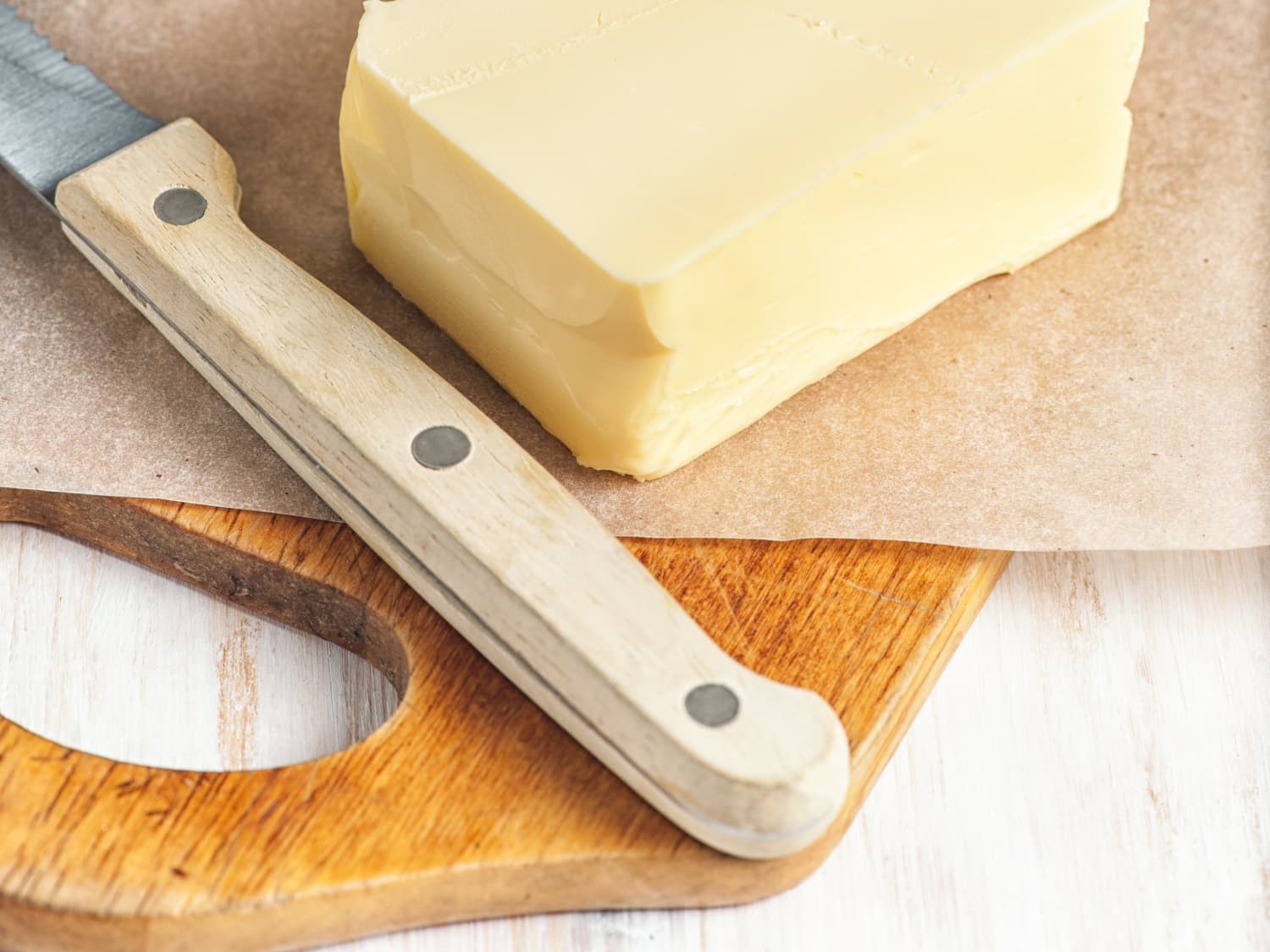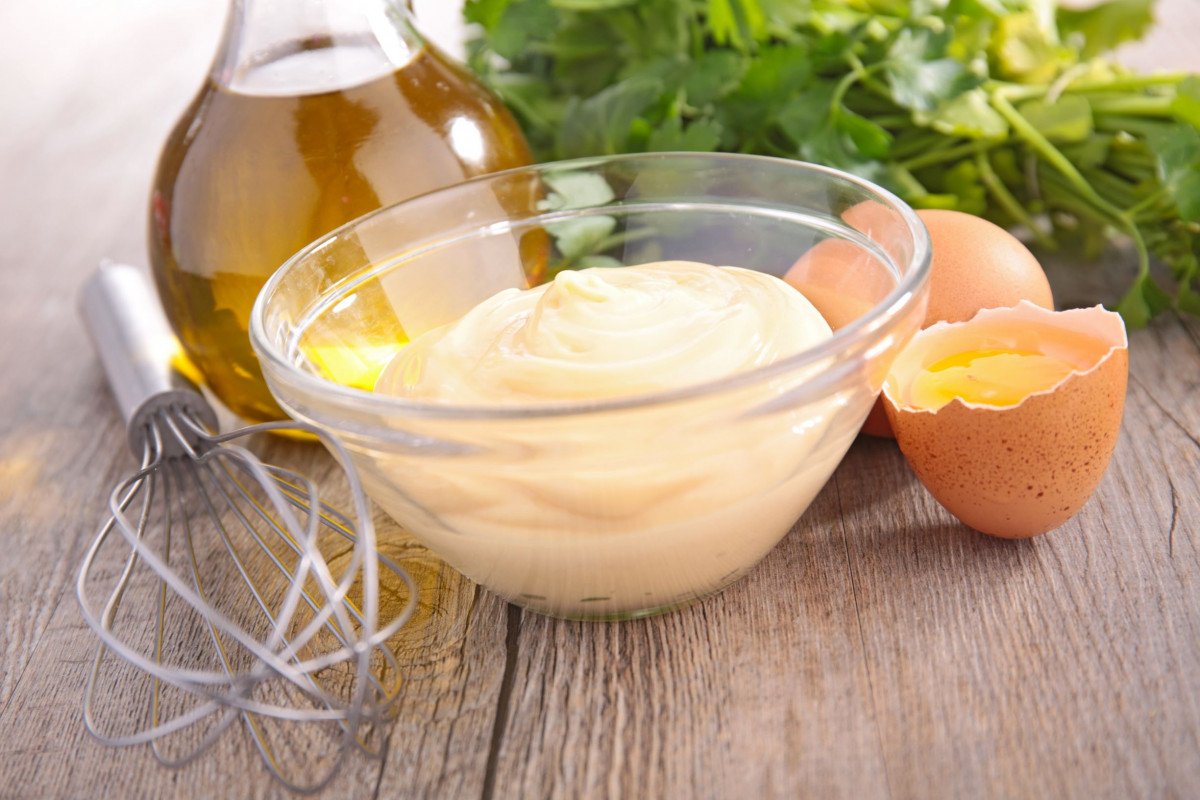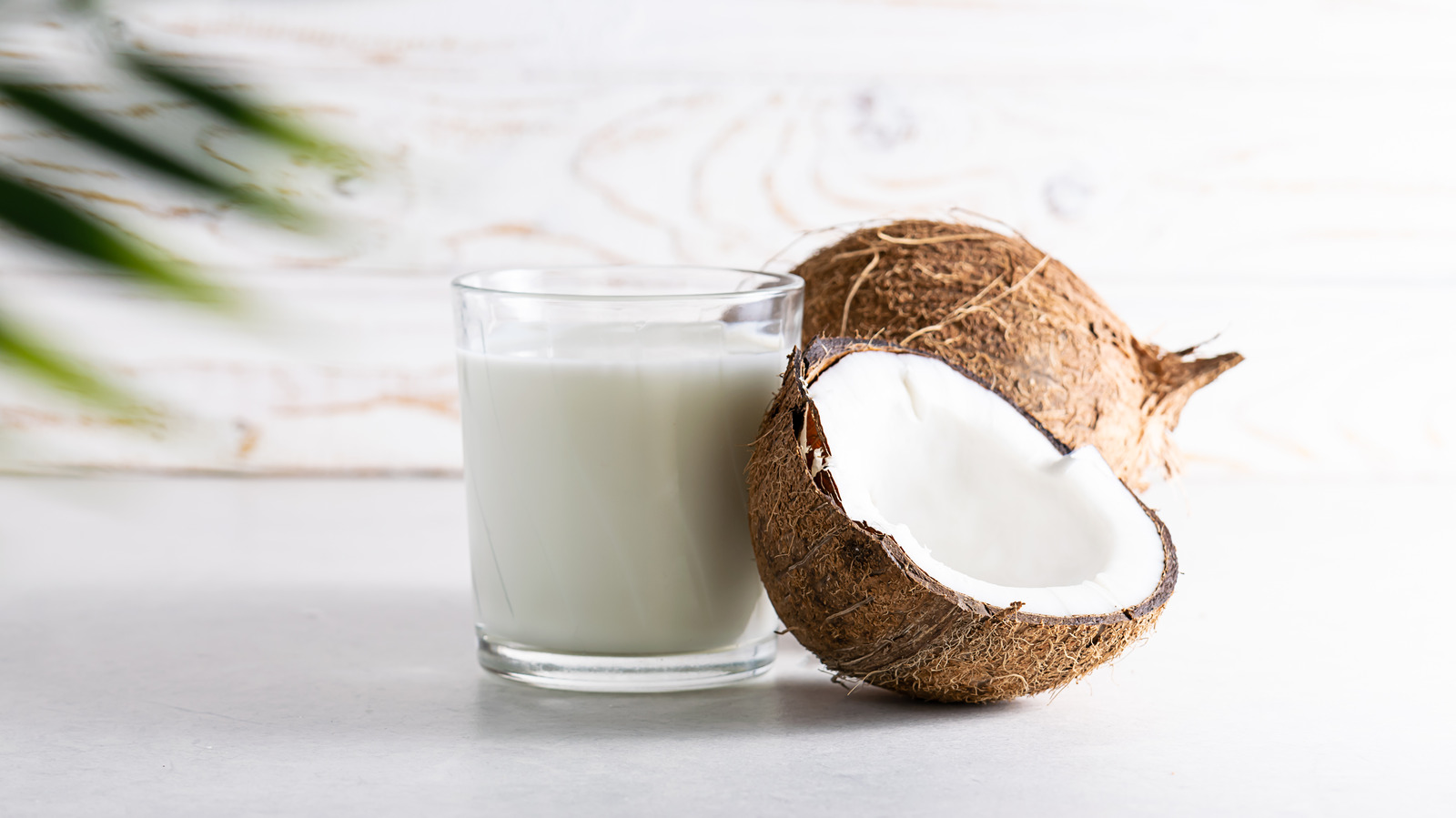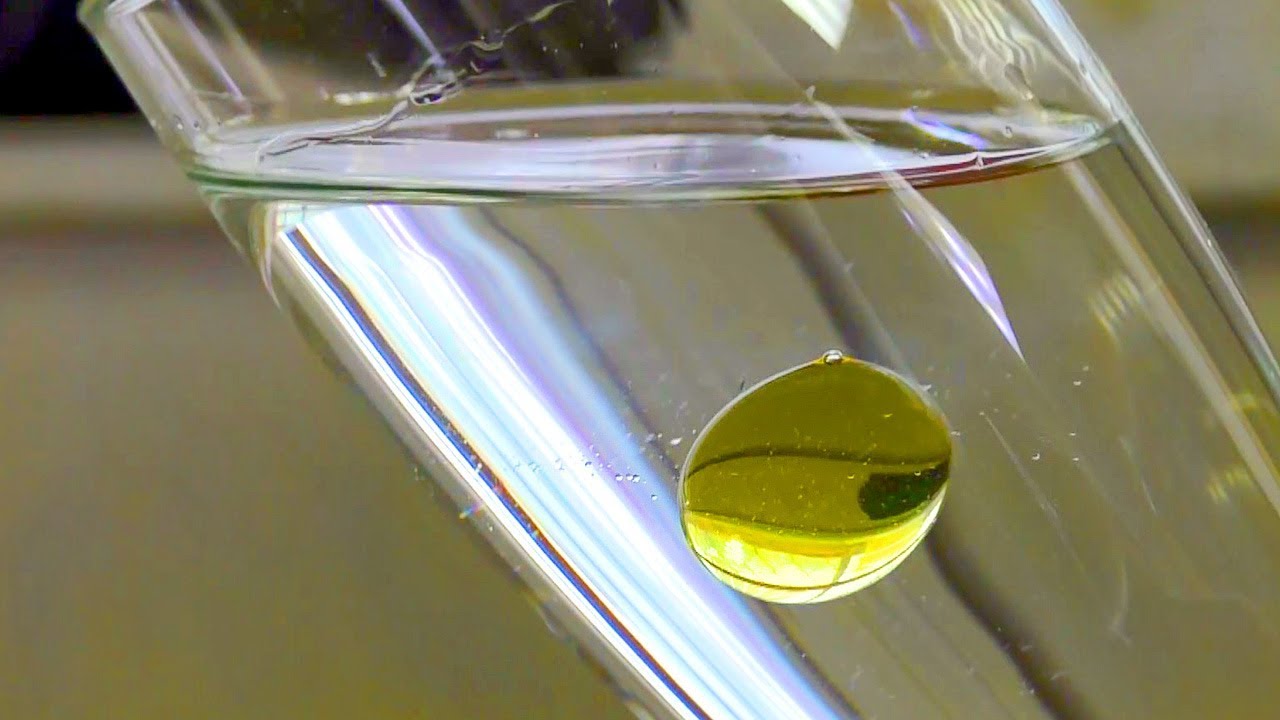Emulsifying Meat for Sausage: A Step-by-Step Guide
Emulsifying meat for sausage is an essential step in creating the perfect texture and flavor in your homemade sausages. Emulsification involves blending the fat and lean meat together to create a smooth and cohesive mixture. Here’s a step-by-step guide on how to emulsify meat for sausage at home:
Choose the Right Meat
When emulsifying meat for sausage, it’s crucial to select the right cuts of meat. Look for cuts with a good balance of lean meat and fat. Typically, a ratio of 70% lean meat to 30% fat works well for most sausage recipes. Popular choices include pork shoulder, beef chuck, and a mix of pork and beef.
Prepare the Meat
Before emulsifying the meat, it’s important to prepare it properly. Start by cutting the meat into small cubes, ensuring that any connective tissue or gristle is removed. Keeping the meat cold throughout the process is essential, so it’s a good idea to chill the meat and equipment in the freezer for about 30 minutes before starting.
Emulsify the Meat
Now it’s time to emulsify the meat. The key to achieving a smooth emulsion is to grind the meat finely and then mix it thoroughly. Here’s how to do it:
- Using a meat grinder, pass the meat through the fine grinding plate. This will help break down the meat and distribute the fat evenly.
- Once the meat is ground, it’s time to mix it. You can use a food processor or a stand mixer with a paddle attachment. Process the meat in small batches to ensure even mixing.
- If using a food processor, pulse the meat in short bursts to prevent it from heating up. The goal is to achieve a smooth, cohesive mixture without overheating the meat.
- For a stand mixer, mix the meat on low speed, scraping down the sides of the bowl as needed. This will help ensure that the fat and lean meat are thoroughly blended.
Add Seasonings and Flavorings
Once the meat is emulsified, it’s time to add seasonings and flavorings to create the desired taste profile for your sausage. This is the stage where you can get creative with spices, herbs, and other flavor enhancers. Popular additions include salt, pepper, garlic, paprika, and fennel seeds, but feel free to experiment with your favorite flavors.
Stuff the Sausage Casings
With the meat emulsified and seasoned, it’s ready to be stuffed into sausage casings. Using a sausage stuffer or a piping bag, carefully fill the casings with the meat mixture, ensuring that there are no air pockets. Twist or tie off the sausages at regular intervals to create individual links.
Conclusion
Emulsifying meat for sausage is a fundamental skill for anyone interested in making their own sausages at home. By following these steps and paying attention to detail, you can achieve a smooth and flavorful emulsion that will result in delicious homemade sausages.
Whether you’re a seasoned sausage maker or a beginner looking to try your hand at sausage making, mastering the art of emulsifying meat is a key step towards creating sausages that are bursting with flavor and have the perfect texture.
For those eager to master the art of emulsifying meat, these sausage recipes are perfect to try. The Classic Italian Sausage Recipe and Bratwurst Sausage Recipe are great starting points, offering traditional flavors that benefit from a well-emulsified mix. For a breakfast twist, the Breakfast Sausage Patties Recipe provides a satisfying morning treat. If you're in the mood for something unique, the Duck and Orange Sausage Recipe combines rich duck meat with a citrusy finish. The Venison Sausage Recipe lets you explore game meat, and the Chicken Apple Sausage Recipe offers a lighter, sweeter option. Each of these recipes will help you practice your emulsification skills while delivering delicious results.
Was this page helpful?
Read Next: How To Emulsify Oil Blender









